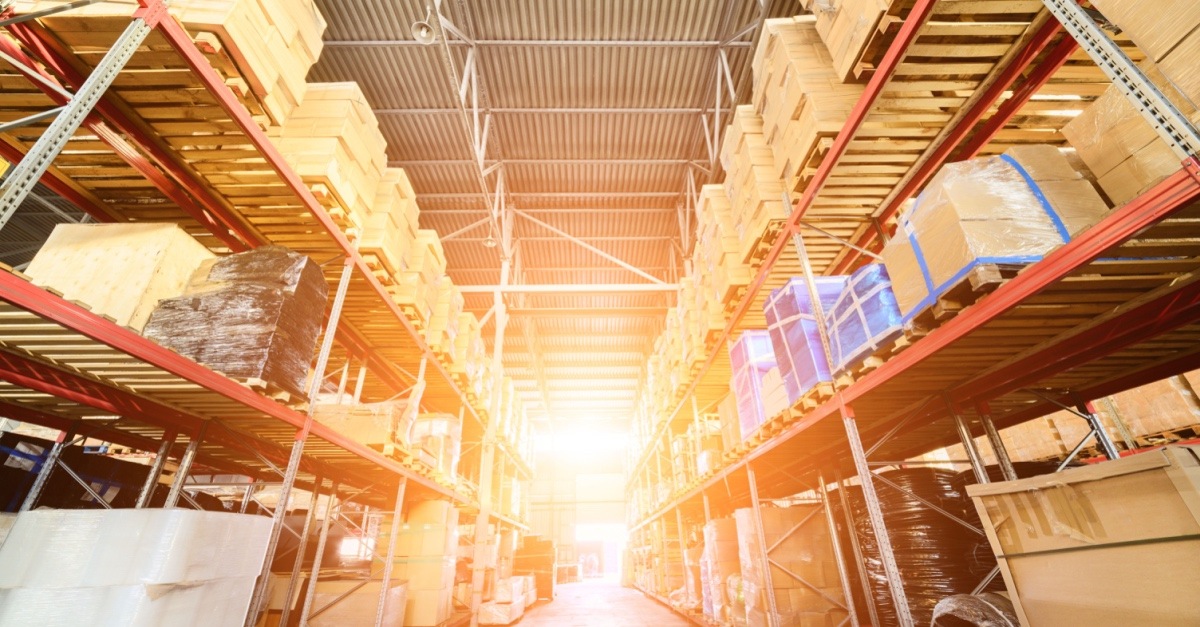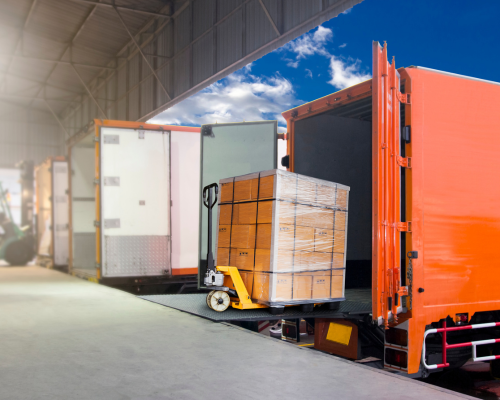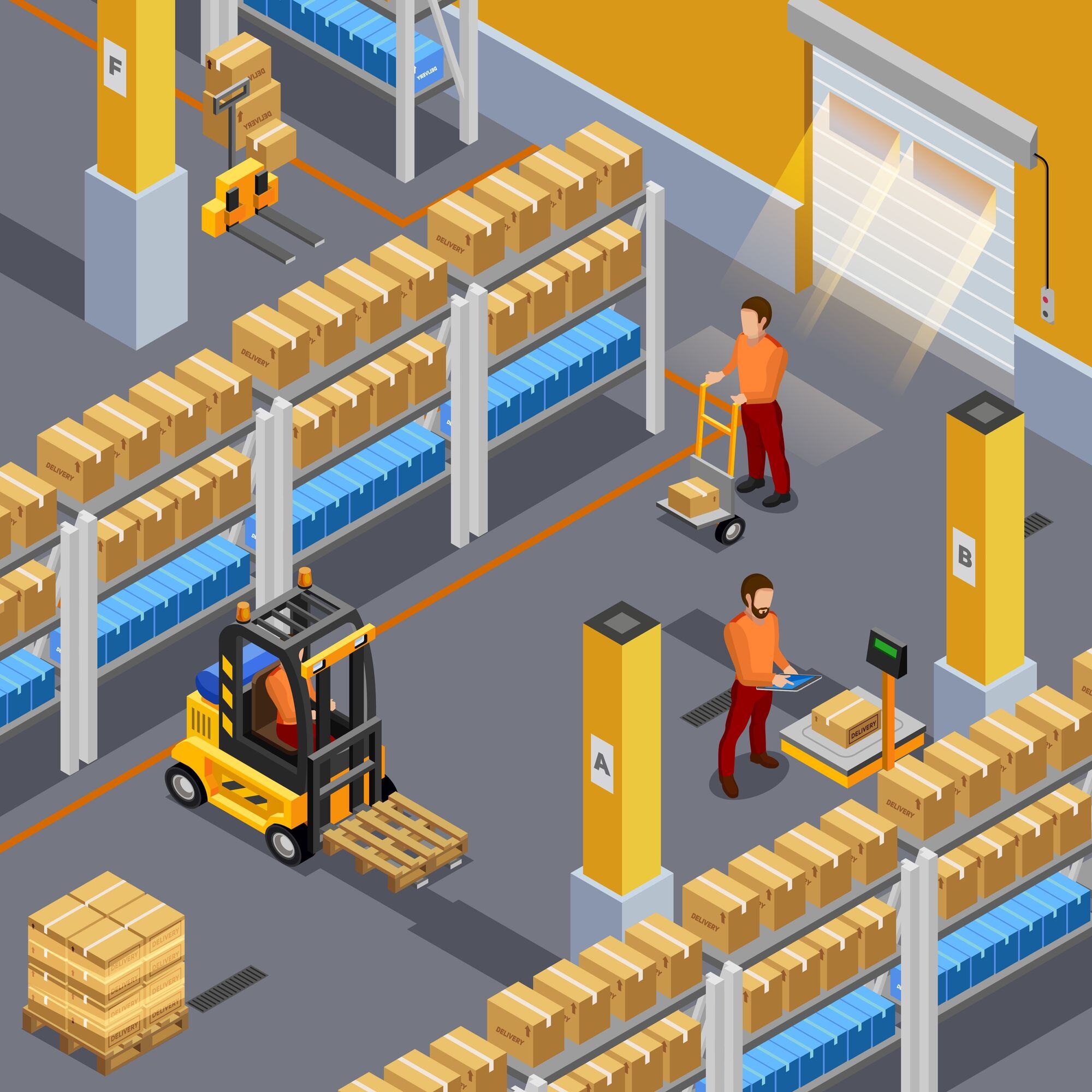6 min read
5 Ways 3PLs Manage Peak Season Demand Efficiently
Peak seasons hit fast. One day you're handling your regular order volume, and the next you're drowning in customer demands that seem impossible to...

Managing inventory for household goods is different from handling other products.
Furniture pieces take up serious warehouse space, bedding comes in dozens of SKU (Stock Keeping Unit) variations, and kitchen items require careful handling to avoid damage. Add seasonal demand swings and bulky shipping requirements, and you've got a logistics puzzle that keeps supply chain managers up at night.
The stakes are high, too. If you stock too many seasonal items, you’ll be stuck with patio furniture eating up valuable warehouse real estate. If, on the other hand, you stock too few, you might be watching potential sales walk out the door during peak season.
Luckily, with the right third-party logistics (3PL) partner, you can turn these challenges into competitive advantages.
Let's take a look at five proven strategies that make household goods inventory management actually work!
20 Years of Kitting Excellence
Ready to Streamline Your Supply Chain?
Join industry leaders achieving 99%+ SLA performance with flexible kitting.
Fulfillment, and 3PL solutions. We handle over 100 million kits annually
If you're managing inventory for household goods, you already know how it differs from other product categories. Items are bulkier and more fragile than typical e-commerce products, seasonal swings are more dramatic, and shipping costs add up fast. On top of that, these challenges usually don't happen separately, but instead pile up on each other.
Here's what makes household goods inventory so complex:
Third-party logistics (3PL) involves hiring an external company to handle your warehousing, inventory, and shipping instead of doing it all yourself.
This means that, as a household goods company, you don't need to worry about renting warehouse space, hiring staff to pack and ship orders, or figuring out the best way to store a sofa next to a set of dishes. Your 3PL partner takes care of all of that.
3PL inventory management covers three main areas:
So, how is this different from managing inventory in-house?
With a 3PL, you're sharing resources and expertise. They've already got the space, trained warehouse workers, shipping networks, and technology systems in place. You get access to all of this without the upfront investment or ongoing management headaches.
And because they work with multiple clients, your 3PL partner can often negotiate better shipping rates and operate more efficiently than a single company could on its own.
When you partner with the right 3PL, you're offloading work and getting access to tools and expertise that would be expensive or impossible to build on your own. For household goods companies, this can make the difference between struggling with logistics and focusing on growing your business.
Here's what you get with a 3PL partner:
Getting household goods inventory right takes more than just good intentions; it takes smart strategies.
Here are five proven approaches that make 3PL inventory management actually work for household goods businesses.
Good forecasting helps you avoid the two worst inventory scenarios: running out of stock during peak season, or drowning in unsold products that take up expensive warehouse space. Your 3PL should use historical sales data, market trends, and seasonal patterns to predict what you'll need and when.
For household goods, this means knowing that patio furniture orders spike in March and April, not waiting until May to stock up. The best 3PLs combine their forecasting tools with your sales insights to create accurate predictions that keep inventory levels balanced.
How you arrange your warehouse products directly impacts efficiency and costs.
Fast-moving items such as bedding sets should be near packing stations, while slower sellers like specialty furniture pieces can sit further back. Bulky furniture needs wider aisles for safe handling, and fragile items require dedicated zones with extra protection.
A good 3PL designs warehouse layouts specifically for household goods, maximizing vertical space with proper racking systems and organizing products by size, fragility, and demand velocity. This reduces picking time, prevents damage, and makes better use of every square foot.
You can't manage what you can't see. Real-time inventory tracking gives you a constant view of stock levels, order status, and product locations. For example, when a customer asks where their dining table is, you should be able to tell them immediately.
Advanced systems use barcoding and RFID (Radio Frequency Identification) technology to track every item during transportation, automatically updating inventory counts and flagging potential issues before they become problems. This way, you can make faster decisions and keep customers informed throughout the delivery process
Even the best systems need regular checks. Inventory audits catch discrepancies between what your system says you have and what's actually on the shelves. This is especially important because a missing sofa represents a much bigger financial loss than a missing kitchen utensil.
Your 3PL should conduct regular cycle counts: checking portions of inventory continuously rather than doing one massive annual audit. This keeps inventory accuracy on a high level and helps identify patterns such as recurring damage or theft.
Returns are inevitable in household goods: items may not fit, colors may look different in person, or products can arrive damaged. A solid returns process keeps customers happy while minimizing your losses.
A good 3PL should quickly inspect returned items, determine if they can be restocked, and get sellable products back into inventory fast. In case of damaged goods, they should document the issues and handle disposal or refurbishment. The faster returns are processed, the less warehouse space they occupy, and the sooner you can recover value from items that can be resold.
Not all 3PLs are created equal, especially when it comes to household goods. The right partner can transform your supply chain, while the wrong one can create more problems than they solve.
Here's what to look for when choosing a 3PL for household goods:
The right 3PL partner feels like an extension of your team, not just a vendor. At Productiv, we understand the unique challenges of household goods inventory. Our technology, flexible approach, and hands-on support help household goods businesses streamline their inventory management without dealing with the typical struggles.
Finding the right 3PL partner is just the beginning; making that partnership work takes effort from both sides. The most successful relationships are built on clear expectations, open communication, and a shared commitment to getting better over time.
These are the four practices that make 3PL partnerships work:
3PL inventory management covers warehousing (storing your products), order fulfillment (picking, packing, and shipping), inventory tracking (real-time visibility into stock levels), and returns processing.
Many 3PLs also offer value-added services like kitting, special packaging, and quality control. They handle everything, from the arrival of your products at the warehouse until the delivery to your customers, while managing returns.
3PLs reduce costs by sharing warehouse space, equipment, and labor across multiple clients, which means you're not paying for these resources alone. They negotiate better shipping rates due to higher volumes, optimize storage to use space efficiently, and provide technology that prevents overstocking or stockouts.
You also avoid the overhead of hiring and training warehouse staff, long-term leasing space, and maintaining expensive inventory management systems.
Absolutely. Small businesses benefit even more from 3PLs because they get access to professional warehouse facilities, technology, and shipping rates they couldn't afford on their own.
You can start small and scale up as you grow without major capital investments. For household goods specifically, 3PLs provide expertise in handling bulky and fragile items that would be costly to learn through trial and error when managing inventory yourself.
A modern 3PL should offer a warehouse management system (WMS) with real-time inventory tracking, barcoding or RFID scanning for accuracy, and integrations with your e-commerce platform and other systems.
Look for dashboards that show order status, inventory levels, and performance metrics in real time. Advanced 3PLs also use predictive analytics for demand forecasting and automated alerts when stock levels need attention or issues arise.
Track key metrics like order accuracy rate (aim for 99%+), on-time shipping percentage, inventory accuracy, order fulfillment speed, and inventory turnover. Monitor customer satisfaction through delivery times and return rates.
Additionally, look at cost metrics: are you spending less on logistics than before? Your 3PL should provide regular reports on these KPIs, and you should review them together quarterly to identify trends and improvement opportunities.
Managing household goods inventory doesn't have to be a constant struggle. At Productiv, we treat your business as a partnership, not just another account.
We understand the unique demands of household goods. Our teams know how to handle fragile items, store bulky furniture efficiently, and manage the seasonal swings that come with this industry. We've built our operations around flexibility, so whether you're dealing with a holiday rush or planning for steady growth, we can scale with you.
Additionally, our technology gives you the visibility you need. Real-time inventory tracking, SLA (Service Level Agreement) dashboards, and seamless integrations with your e-commerce platform mean you're never guessing about stock levels or order status. And with our fixed unit pricing model, you’ll have no surprise costs during peak season.
However, what really sets us apart is how we work with you. We maintain open communication, say yes to your unique requirements, and adapt our operations to match your needs. From specialized packaging to returns management, we handle the complexities so you can focus on what matters the most.
Ready to transform your household goods inventory management? Get in touch with our team to discuss your inventory needs and find the right solution for your business!
Get ideas on how to delight your customers with delivery on their timeline.

6 min read
Peak seasons hit fast. One day you're handling your regular order volume, and the next you're drowning in customer demands that seem impossible to...

11 min read
Running a growing business means managing more than just sales: it’s storage, shipping, and supply chain chaos. One delayed shipment or warehouse...

6 min read
Running a small or medium-sized business often means wearing too many hats, like managing sales, keeping customers happy, and packing orders late...